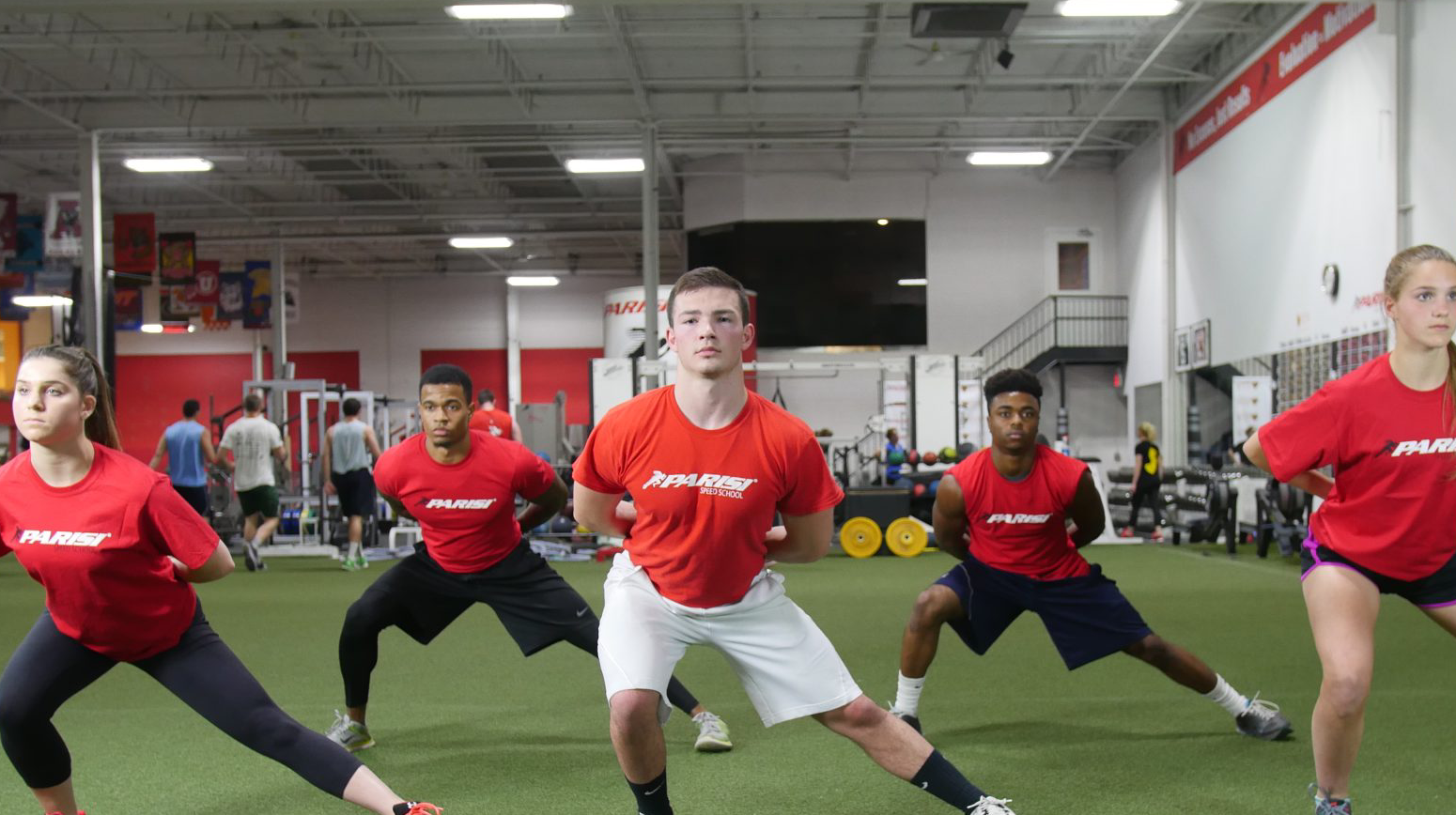Keep the research reviews coming! For those new to the show, here’s how these blog posts break down…I am going to test my ability to read and crush the entire article. In this case a ‘brief’ review on maximum strength and change of direction ability. Once done, I am going to write a summary of the article in to these three parts.
Part 1: What we know.
This is going to explain what the research was looking to study, how they studied it, and why you should care.
Part 2: Any comments or concerns about what the study is showing?
Sometimes the best research study looks so good on paper, but then when you dive in you see that it was done on olympic athletes, or was sponsored by a specific company, or something else that can throw a major red flag on its effectiveness in practical use. Alas, that is what we are for here at Parisi HQ
Part 3: How can I use this?
This part is going to explain practical applications of the research. Typically research is lab based and can be hard to replicate when you’re a Performance Coach on a budget. I’m going to do my best to break down how you can actually apply this research to you coaching
As always, for the grammar nerds, here is the article in MLA citation format…
^Hyperlinked if you want to read it yourself – spoiler alert, the author didn’t find what he was looking for…shocker!
What we know?
In this review the author pulled out a dozen or so past research articles that explored maximum strength as it relates to change of direction ability (COD for short). A few different tests were used, mostly T-Drill, variations of 5 yard sprints, and a sprinkle of pro agility variations…your normal run of the mill COD testing protocols. What was the most interesting – this research review was actually pretty boring in my opinion- was the strength testing protocols varied GREATLY as far as a measure of finding maximum strength. Some testing used bilateral back squats, some used isometric squats and the peak force wattage, and there were even a few unilateral rear foot elevated split squat tests in there.
The conclusion of the article states that maximum strength is important but it’s true carry over to change of direction still needs more research.
Keep reading to hear my thoughts on that lovely outcome.
Any comments or concerns?
When we look at movement, linear speed or multidirectional speed, undoubtedly strength is important. However, it’s very 1990s to think that maximum strength is the holy grail of all other movement capabilities. I’ve watched freak athlete 10 year olds run under 5 seconds in the pro agility and I have seen all state track athletes trip and fall running the same test.
Why does that matter?
Because speed presents a unique skill set. Just like strength, especially maximum strength, presents it’s own skillset.
Yes, the qualities provided can be useful, but to correlate a direct effect is just ignorant to what the research tells us.
This article even says that game speed agility is it’s own beast.
On to the next one…
How can I use this?
For the Performance Coaches out there, know that you do not have to get your kids barbell strong in order for them to MOVE with intent and move well/efficiently.
You’re probably better off getting developing athletes strong for their bodyweight with chin ups and push ups, and some kind of bilateral squat and unilateral squat variation to a percentage of their bodyweight, and then teach them how to manipulate that strength/velocity curve by using that load at various speed and tempos.
